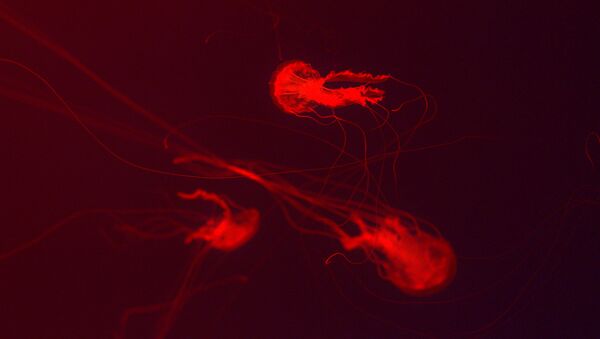If you have ever seen tentacle-like spurts of red lightning during a thunderstorm, feel lucky since this is considered to be a very rare weather phenomenon.
In 2011, Professor of Physics at the University of Alaska, Davis Sentman, proposed the name "sprite" for this type of lightning.
Sprites are ultrafast bursts of electricity that occur in the upper regions of the atmosphere, between 60 and 80 kilometres up in the sky.
Stephen Hummel, an expert for the McDonald Observatory, recently managed to take a perfect picture of one of these sprites from a ridge on Mount Locke in Texas, US.
"Sprites usually appear to the eye as very brief, dim, grey structures. You need to be looking for them to spot them, and oftentimes I am not certain I actually saw one until I check the camera footage to confirm," Hummel said, as quoted by Business Insider.
Sprite medusa. Foto Stephen Hummel pic.twitter.com/WDdDcKPzG4
— Gustavo Vela (@GustavoVela71) August 15, 2020
Some sprites resemble jellyfish because of their shape. Others look like vertical pillars of red light with kind of curls going down - they are called carrot sprites.
According to Hummel, there are more chances to see a sprite during a huge thunderstorm. Sprites happen much farther from the surface of our planet than regular lightning. That is why it is easier to observe them from the International Space Station.
Here's some sprite lightning as photographed from the International Space Station in August 2015. City lights in an orbital blur, a flash of red, stars everywhere. It is so unbelievably cool we get to live on this planet. (credit: NASA/Expedition 44) pic.twitter.com/G1Ie7Z4II7
— Adrienne LaFrance (@AdrienneLaF) August 15, 2020

